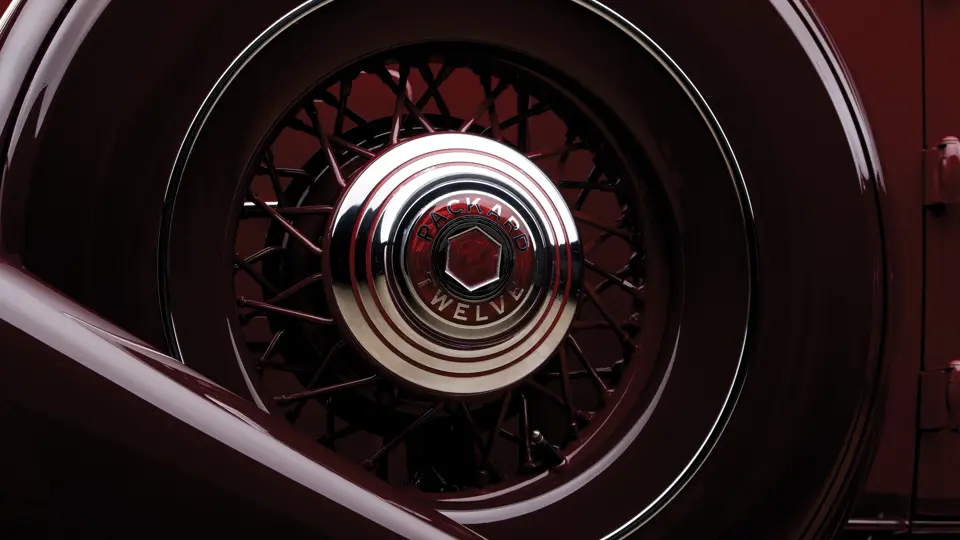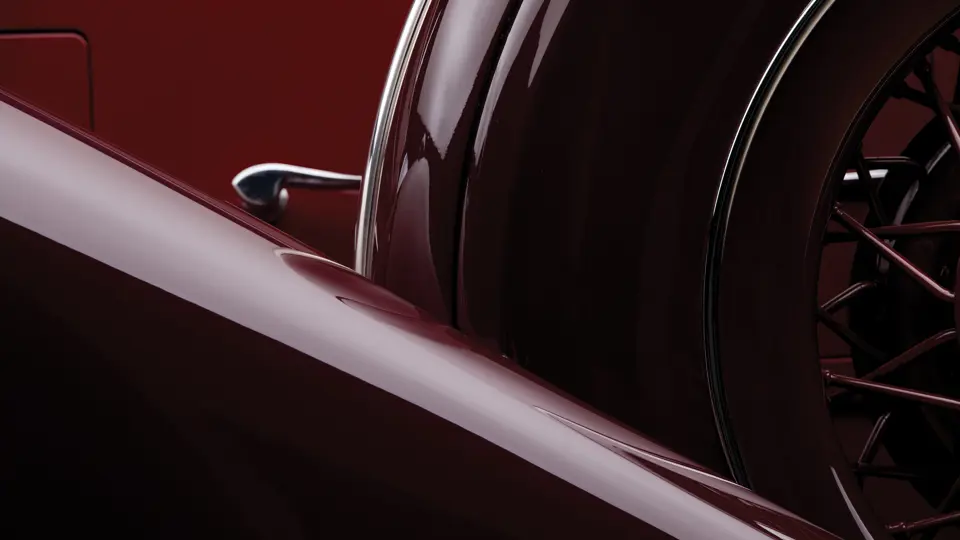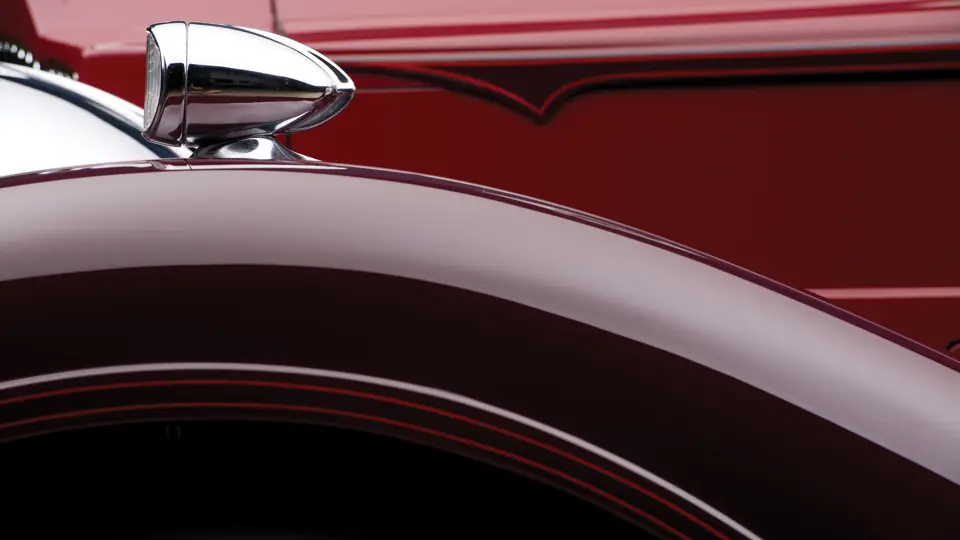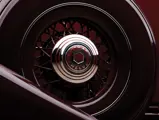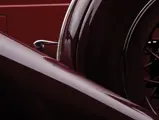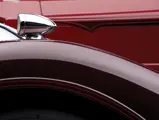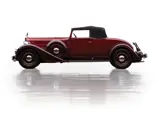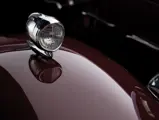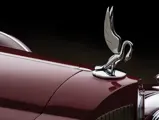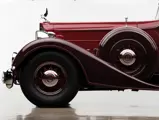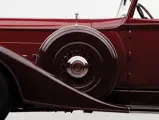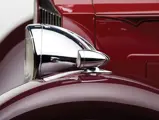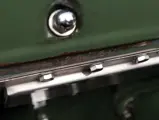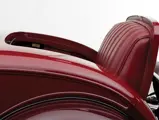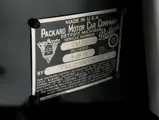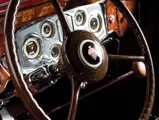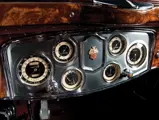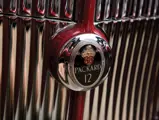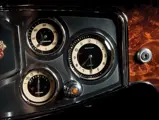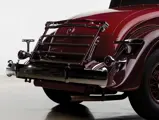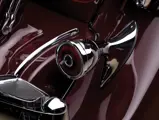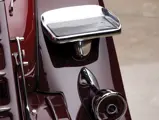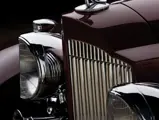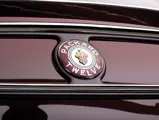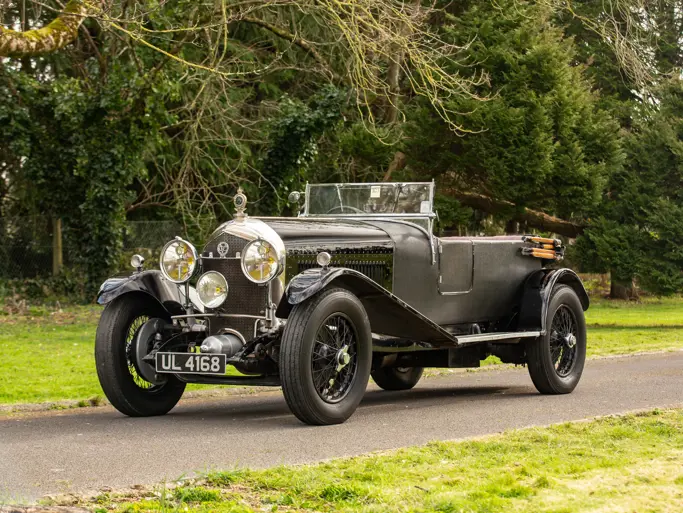
1934 Packard 1107 Twelve Coupe Roadster
{{lr.item.text}}
$528,000 USD | Sold
{{bidding.lot.reserveStatusFormatted}}
- The most desirable factory body style from the greatest Packard year
- A genuine example with an original body, chassis, and engine
- Documented by 1934 Packard Twelve historian Edward Blend
- Perhaps the ultimate CCCA CARavan vehicle
Series 1107. Body Style 739. 160 bhp, 445.5 cu. in. modified L-head V-12 engine, three-speed selective synchromesh manual transmission, vacuum-assisted clutch, shaft drive with a hypoid rear axle, front and rear leaf-spring suspension, and four-wheel vacuum-assisted mechanical drum brakes. Wheelbase: 142 in.
Notice that, in appearance, this car is unmistakably a Packard, with the famous identifying lines that make Packard America’s most distinctive car. Then drive this Packard, and ask it to do everything you would like a fine car to do.
- 1934 Packard advertisement
In 1931, a handful of Senior Packard chassis were built with semi-custom two-passenger convertible bodies by LeBaron. These cars were distinguished by a subtle beltline molding that ran straight through the doors and into the hood, with a roadster-style “flare” behind the windshield, as well as by a convertible top that folded almost entirely flat and went into a well behind the seat, creating a smooth and flattering line when the top was down. It is no surprise that Packard had, by the time of the 1932 Ninth Series, virtually copied the design for its own factory-built convertible coupe, the Coupe Roadster.
Arguably the most desirable of the 1930s Coupe Roadsters are the 12-cylinder models of the Eleventh Series, which became the top model from what is considered to be the most prestigious year for Packard design. Only about 20 original Coupe Roadsters are known to have survived, and they are fiercely prized by the enthusiasts who are fortunate enough to own one.
The Eleventh Series Packard Twelve Coupe Roadster offered here is a genuine example that was delivered on April 26, 1934, by the Packard Motor Company, of New York City. Importantly, although the car has a new vehicle number plate on the firewall, the number and delivery information printed on it are confirmed by the roster of authentic examples appearing in Edward J. Blend’s standard reference, The Magnificent Packard Twelve of Nineteen Thirty-Four. The engine and chassis numbers listed by Mr. Blend, 902185 and 902535 respectively, can both be matched to those presently found on the car.
By the 1970s, this Coupe Roadster was owned by a well-known Twelve enthusiast, Don McCallum of Indiana. In a recent phone conversation, Mr. McCallum recalled that “I bought it from Max Merritt [the famous Packard supplier] in pieces and restored it around 1970. We drove it on five CCCA CARavans. Of the 20 or 30 Packards I restored, it was my favorite car.”
In the 1990s, the Coupe Roadster passed into the ownership of Dr. Ralph McCarty, of Everett, Washington. Dr. McCarty spent 10 years painstakingly restoring the car back to its original condition. Following his care, the Packard was enjoyed by two other noted collectors, Roger Willbanks, of Colorado, and Marvin Tamaroff, of Michigan. It was eventually acquired from Mr. Tamaroff for the Andrews Collection, and it has held a special pride of place in their museum ever since.
This Packard has been exceptionally well maintained in the Andrews’s ownership, and it shows today much as it did when acquired. Its finish of rich two-tone Ascot Maroon is still deep and bright, with only light checking around the panel gaps and a slight stretching to the complementary interior. Blackwall tires add a smooth and important air. Accessories found on the car include painted wire wheels, dual side-mounted spares with hard covers, side-view mirrors, and a single driving light, as well as Packard’s traditional (but, in 1934, still optional) cormorant radiator mascot.
Any authentic Eleventh Series Coupe Roadster is a significant Packard Twelve. This one, which has benefited from long-term ownership by noted enthusiasts and has verified authenticity, is a superb example.




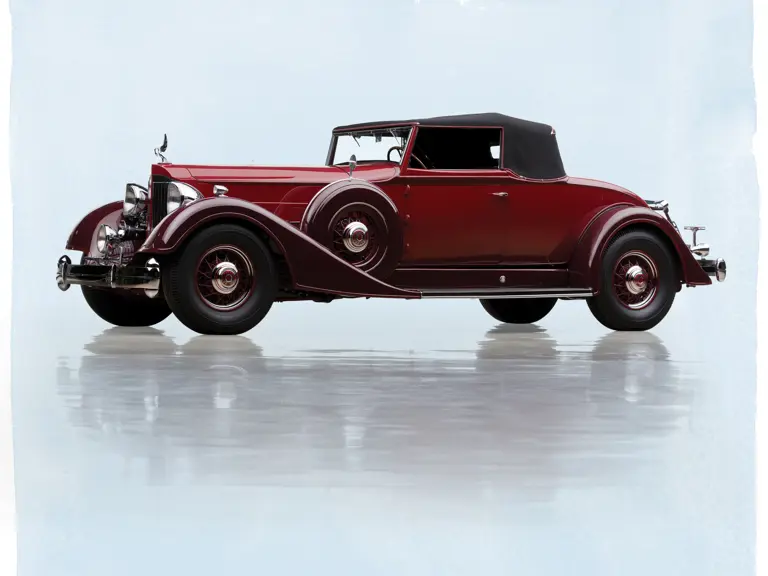

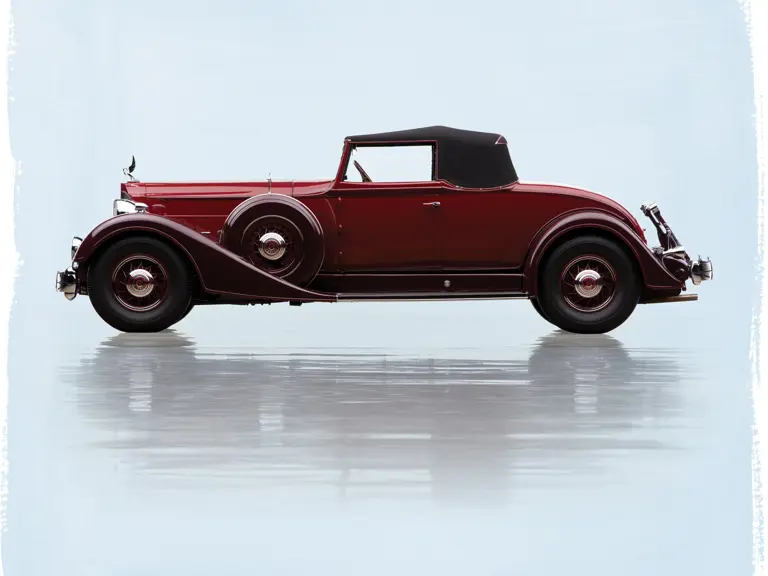
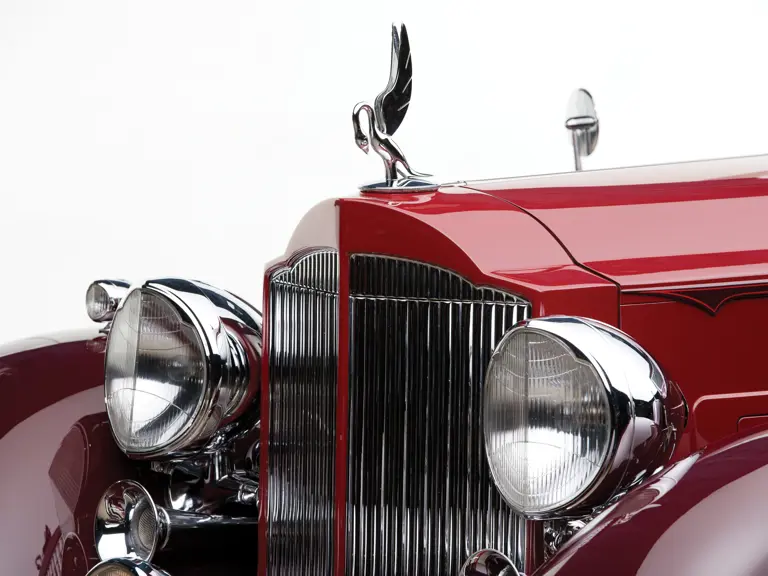


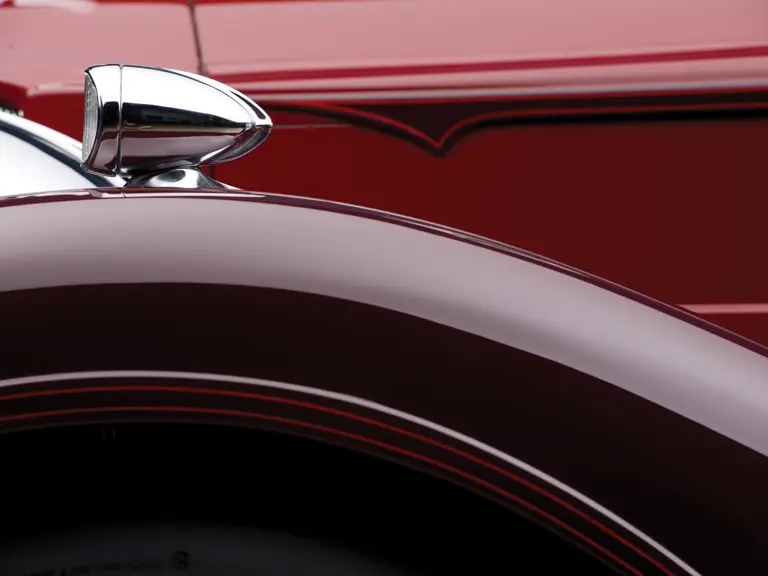
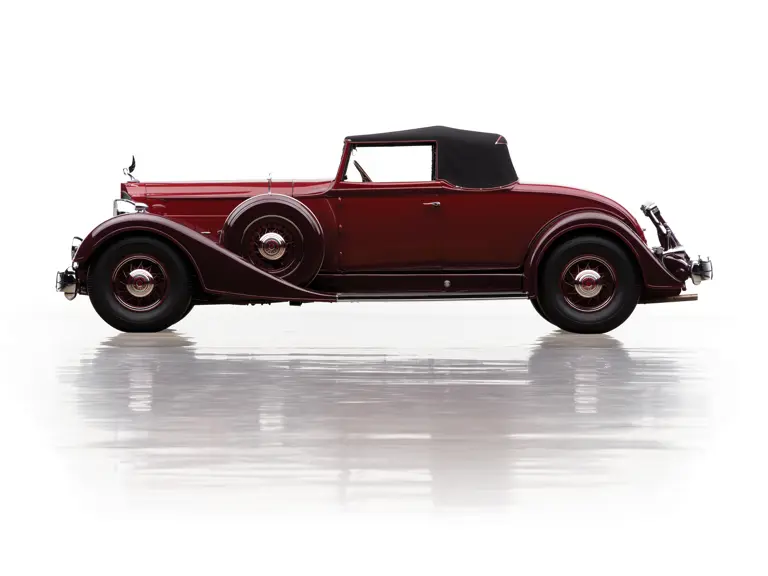
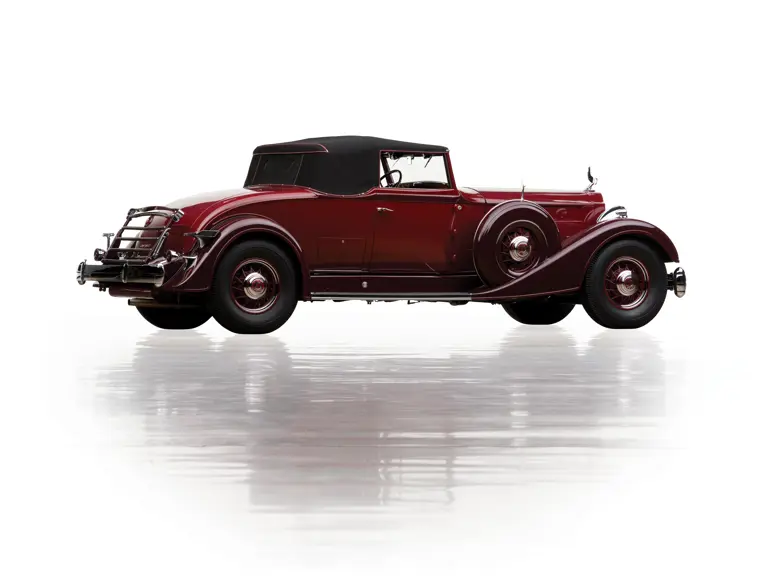
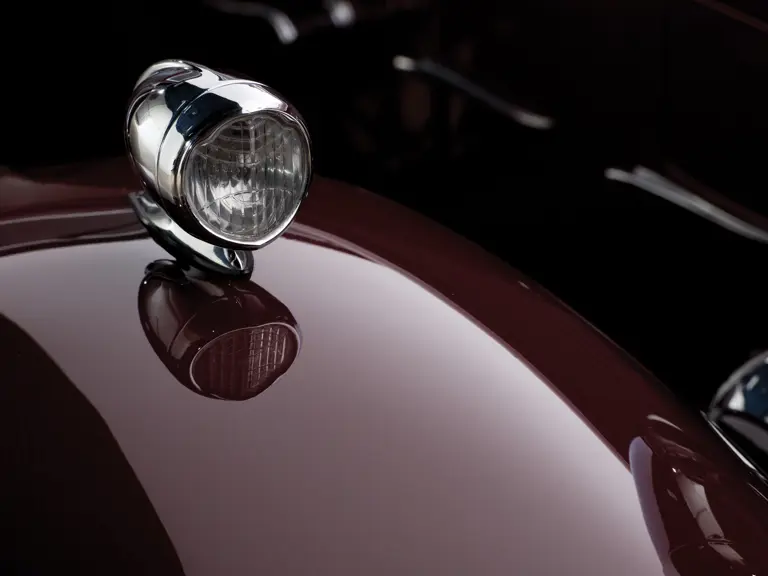
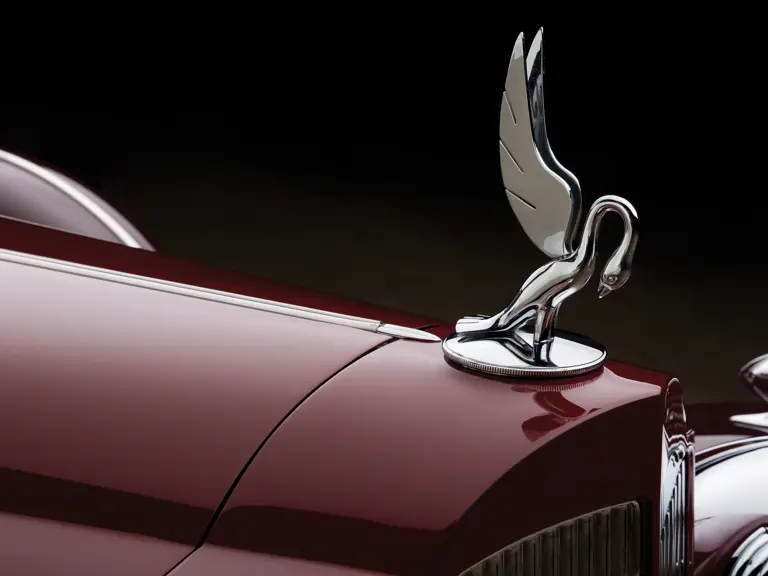
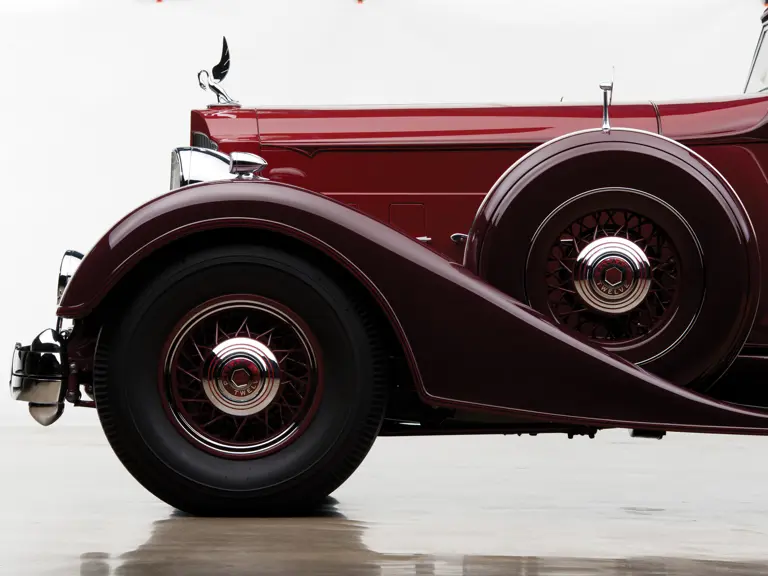
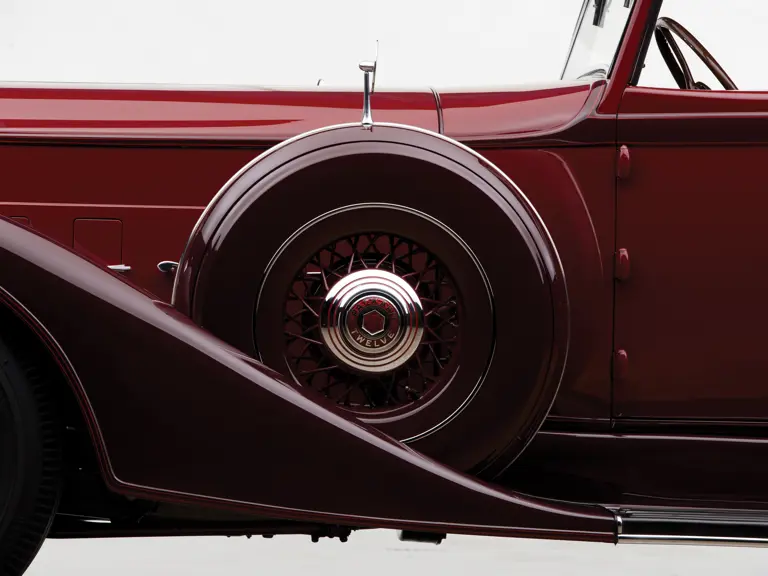
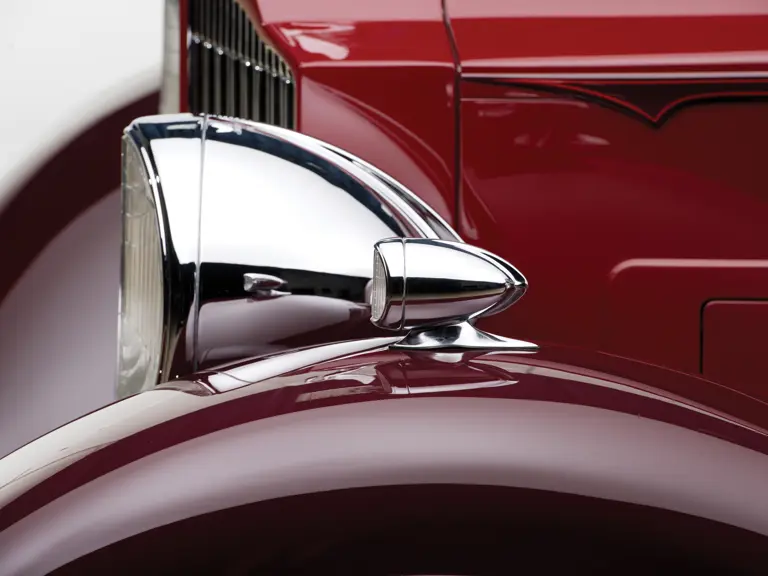
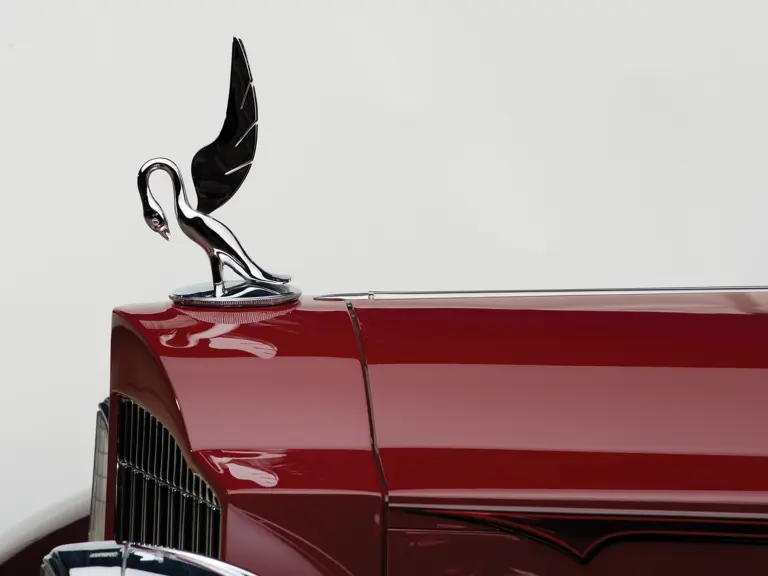
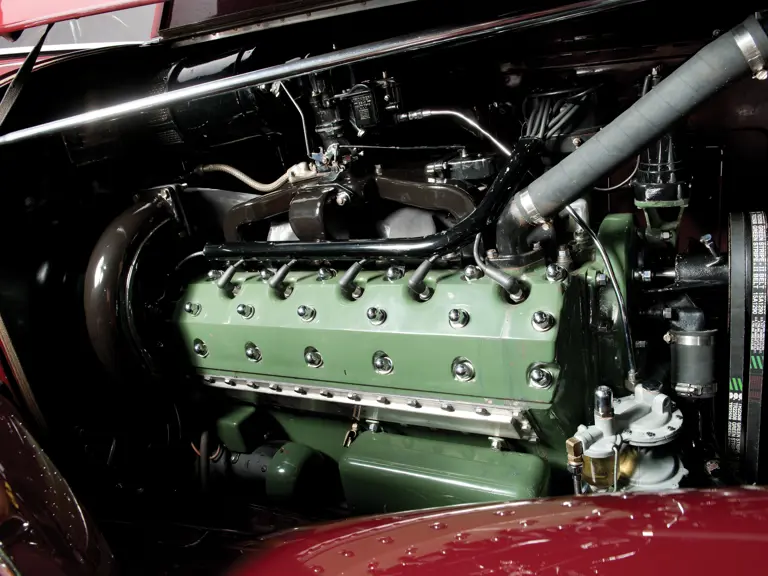
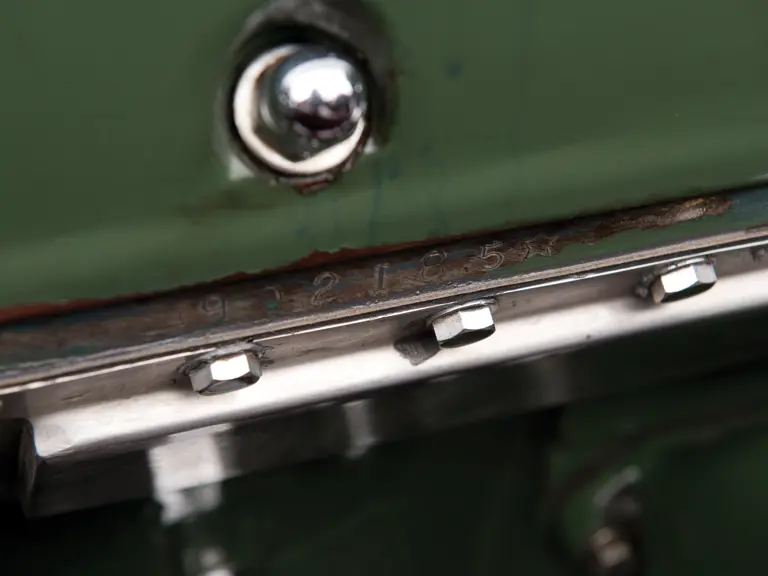
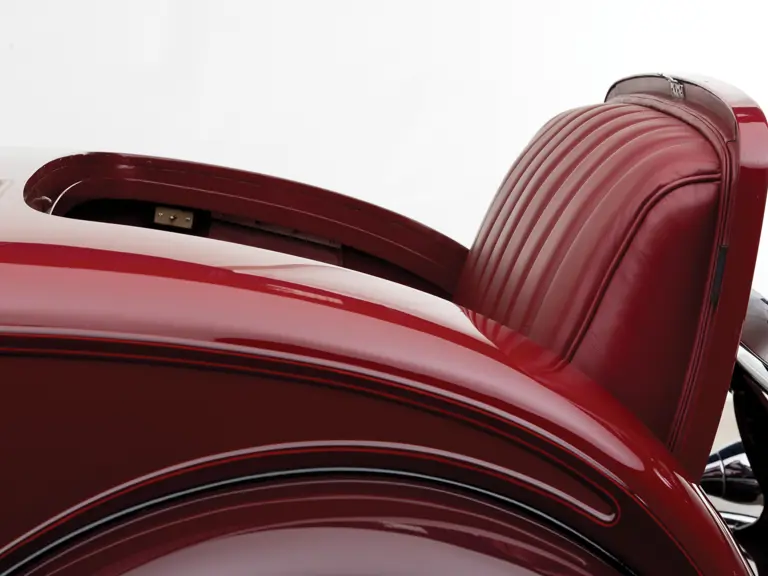
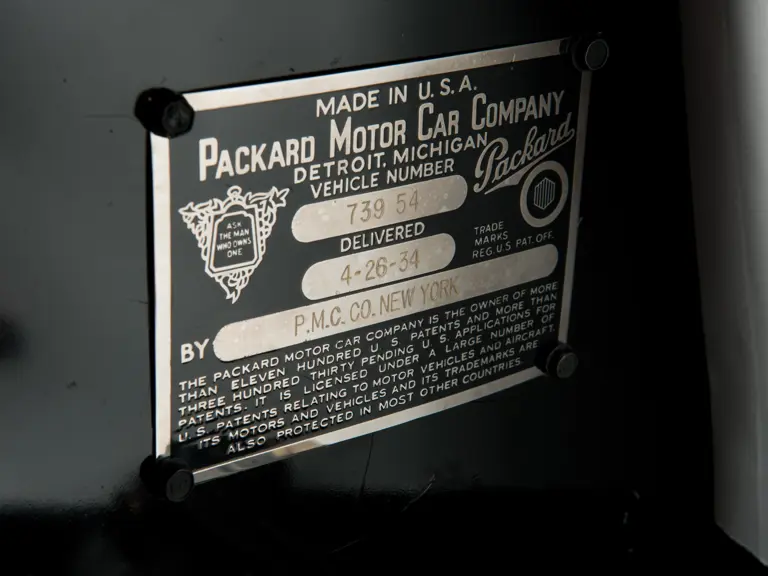
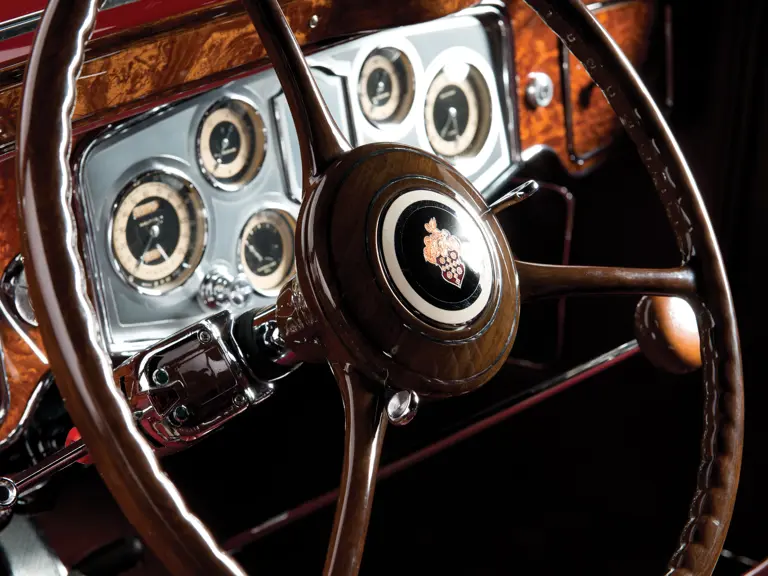

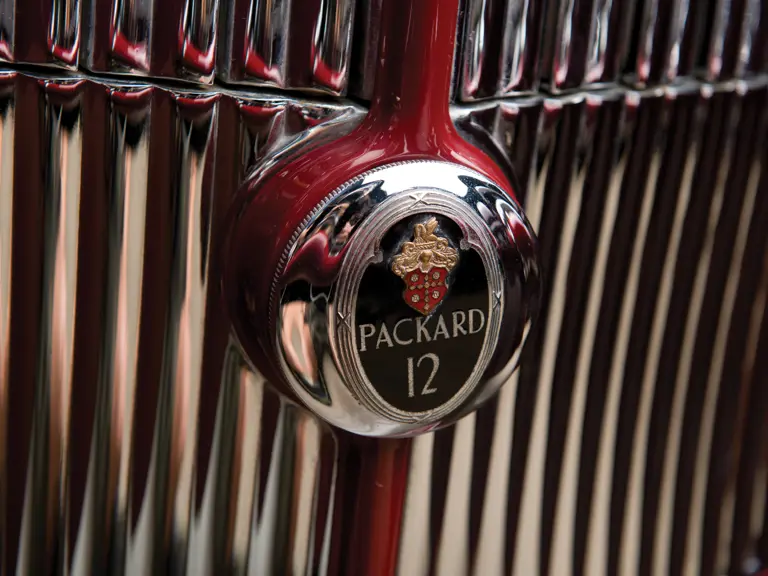
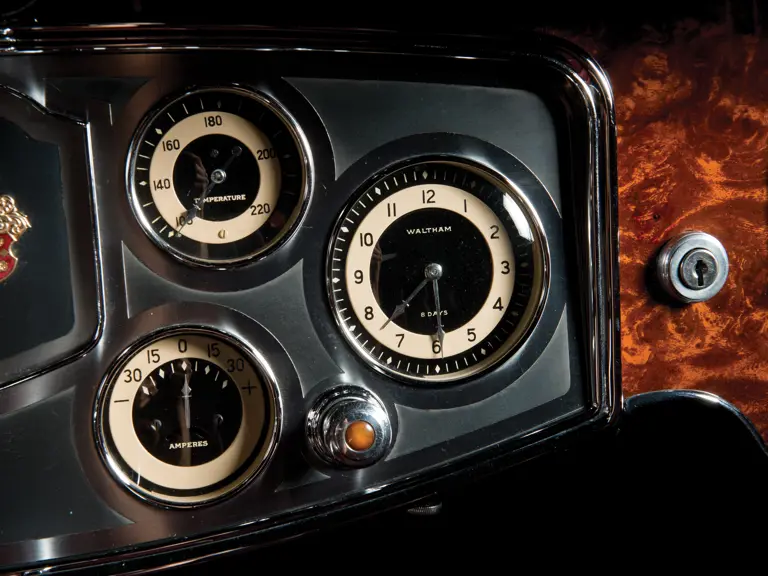

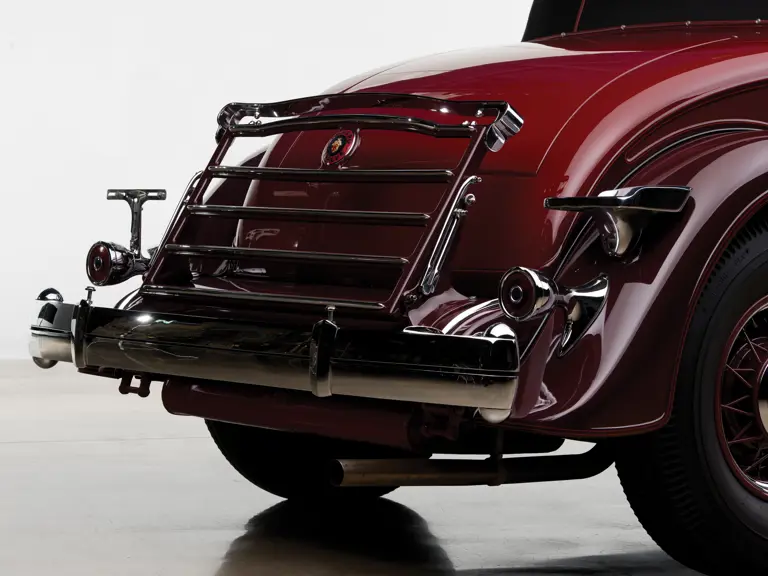
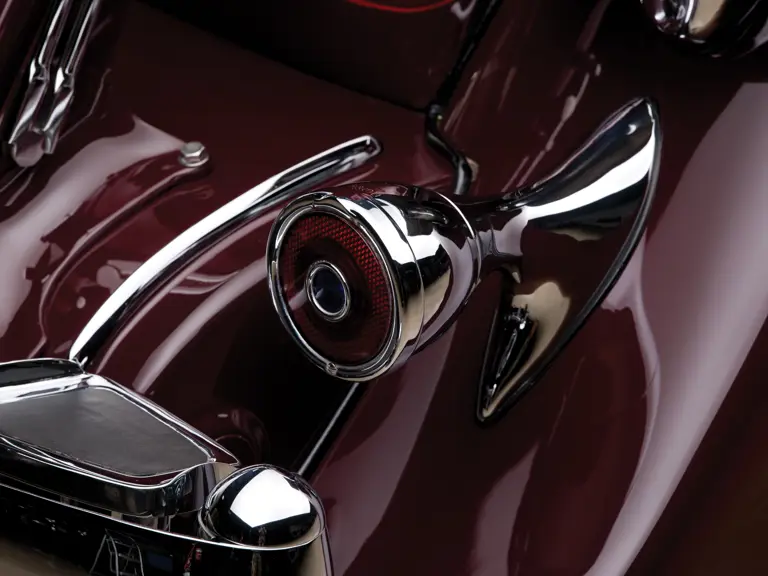
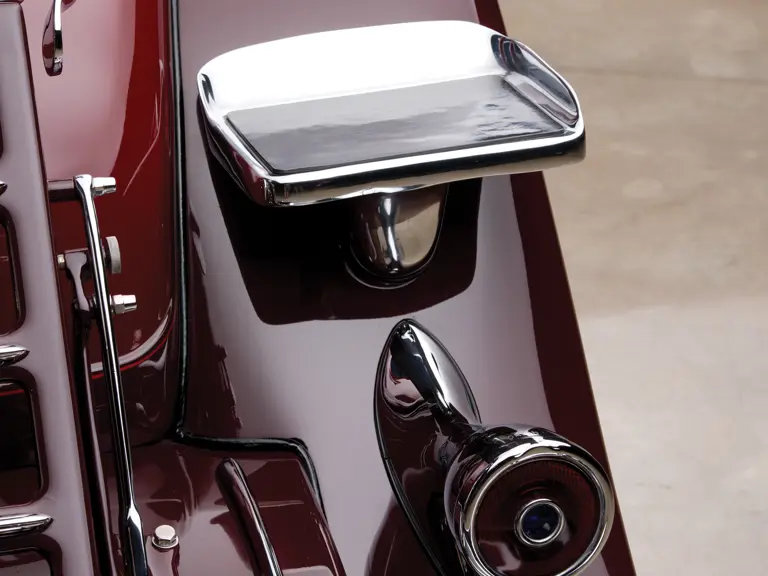


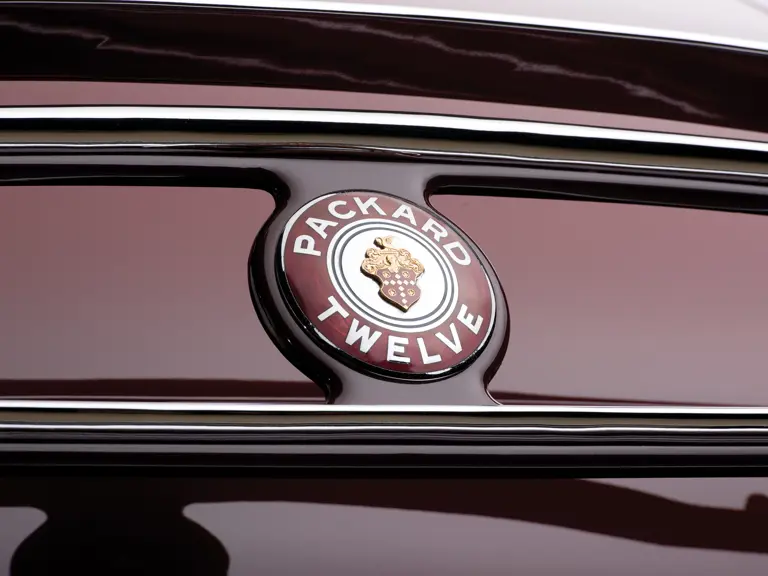
 | Fort Worth, Texas
| Fort Worth, Texas
